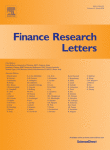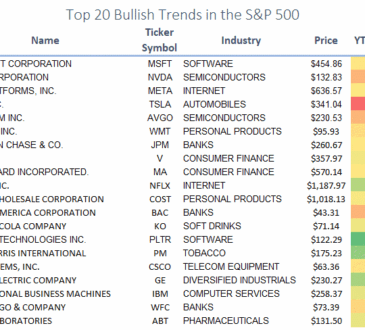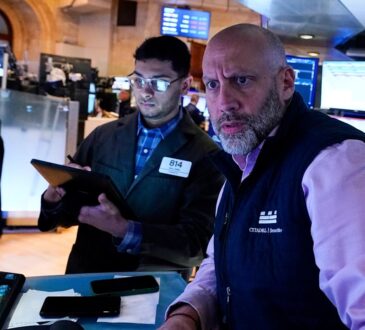
In the stock market, there exists a pronounced linkage effect observed in the fluctuations of stock prices across different sectors. When significant volatility occurs in one sector, other sectors are likewise affected due to economic interconnections or contagion mechanisms (Zhu et al., 2021). This phenomenon can lead to the resonance and amplification of risks, potentially triggering systemic risks. Therefore, measuring spillovers between sectors is crucial to understanding how shocks propagate within the interconnected system. The response of different sectors to shocks varies, resulting in distinct risk characteristics and roles in the propagation of risks (Ewing, 2002; Hernandez et al., 2022; Ranjeeni, 2014). Investigating which sectors hold the vital influence and how volatility spillover among sectors is essential for shaping policies to manage risks and making smarter investment decisions.
In recent years, there has been increased attention on sectoral connectedness and spillovers in the literature. Common macroeconomic fundamentals (Kodres and Pritsker, 2002; Mcqueen and Roley, 1993) and financial contagion (Forbes and Rigobon, 2002) are two main hypotheses used to explain the internal mechanism of market or sectoral spillovers. The existing empirical literature on sectoral spillovers primarily focuses on two aspects. Firstly, it involves measuring the spillovers of returns (Wu et al., 2019), volatility (Baruník et al., 2016; Chen et al., 2019), or higher moments (Zhou et al., 2023) among sectors. Secondly, it aims to identify the impact of various factors on sectoral volatility spillovers, including policy uncertainty (Lv and Li, 2023; Si et al., 2021), the COVID-19 outbreak (Costa et al., 2022), and geopolitical events (Pan et al., 2023). By utilizing the Diebold-Yilmaz connectedness index (see Diebold and Yilmaz, 2012, 2014), Shen et al. (2022) and Yin et al. (2020) have analyzed the volatility spillovers among sectoral indices in China’s stock market. Under the COVID-19 outbreak, the sectoral spillovers markedly strengthened (Shahzad et al., 2021).
Overall, existing literature has provided valuable references and insights for understanding the connectedness and risk spillovers among sectors. However, the main focus of research on sectoral risk spillovers has been on return and volatility levels, with less attention given to tail co-movements. Specifically, there has been limited exploration of the impact of the degree of exposure to extreme losses in one sector on the exposure in another sector or across the rest of the sectors. The risk spillovers on return and volatility levels may not adequately reflect extreme fluctuations in the financial market (Xiang and Borjigin,2023), potentially leading to an underestimation of the actual impact of financial risk (Qian et al., al.,2022). Estimating tail risk spillovers is beneficial for providing insights into the connectedness of exposure to extreme losses among sectors.
In this study, we specifically examine the tail risk spillovers among Chinese stock sectors and the contagion mechanisms during extreme risk events, including the 2008 global financial crisis (GFC), the Chinese stock market crash of 2015 (abbreviated as CSMC-2015), and the COVID-19 outbreak. Firstly, we use the asymmetric slope conditional autoregressive Value-at-Risk (AS-CAViaR) model proposed by Engle and Manganelli (2004) to estimate the value-at-risk (VaR) values of returns across all sectors, which serve as proxy variables for tail risk in our analysis. Subsequently, we employ the TVP-VAR-based connectedness approach (Antonakakis et al., 2020) to analyze the total and directional transmission of tail risk spillovers across sectors. By relying on this novel framework, we can estimate the tail risks of different sectors, analyze their spillovers within the connectedness system, and identify the sectors that have a significant impact.
This study contributes to the literature in the following ways. Firstly, this study represents the first attempt to investigate the tail risk spillovers among Chinese stock sectors, shifting the focus from the usual return or volatility spillovers. Secondly, we conduct a comprehensive examination of the patterns of tail risk spillovers among Chinese stock sectors encompassing the 2008 GFC, the CSMC-2015, and the COVID-19 outbreak. Lastly, we employ a novel framework to highlight the tail risk features and spillovers among Chinese stock sectors.




